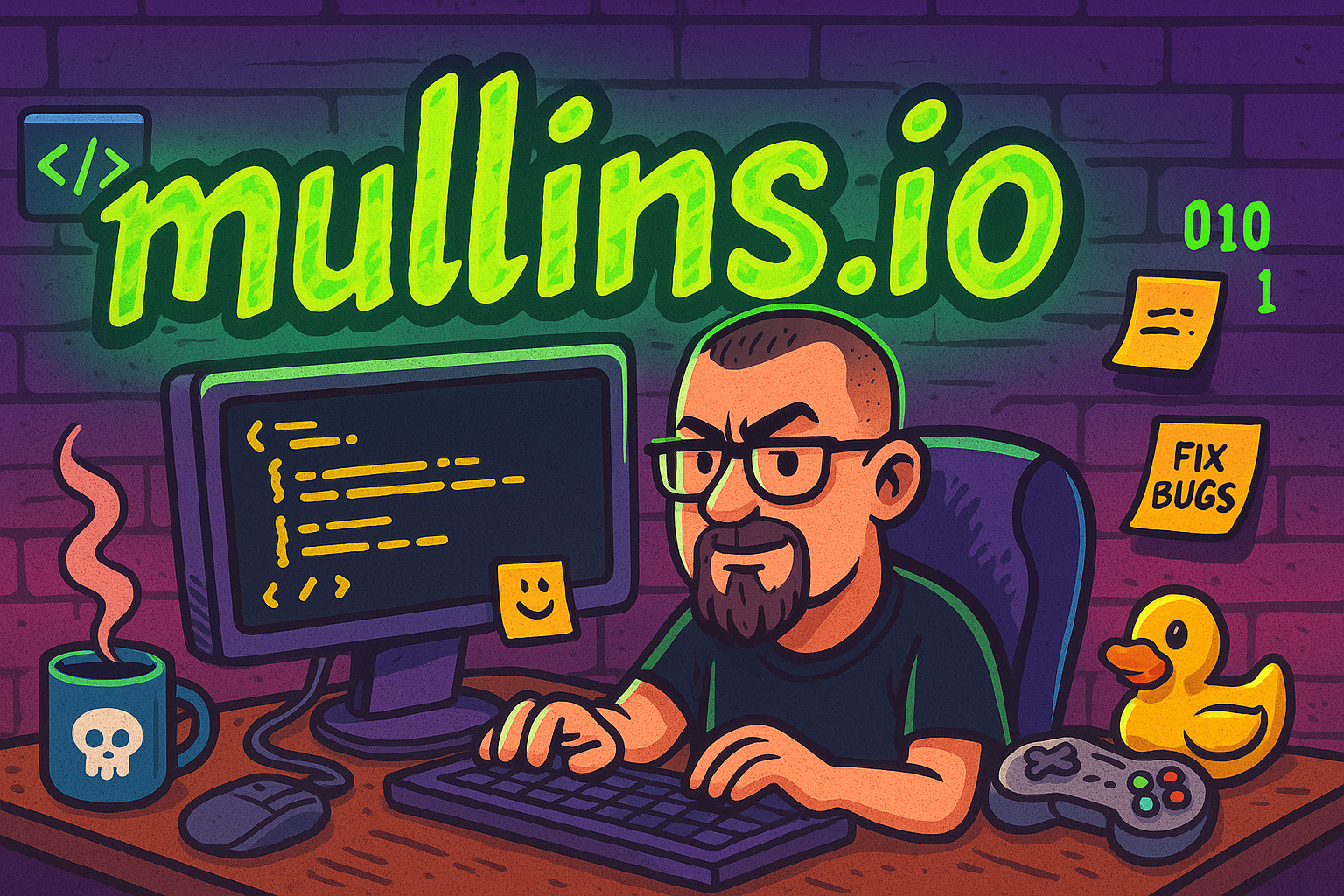Cultivating Growth in Tech Teams

Spoiler alert: mentorship isn’t just for interns and coffee chat clout. It’s the secret weapon most tech leaders are too busy (or too burned out) to actually use.
Why Mentorship Isn’t Optional
Let’s start with the obvious: tech is hard. And fast. And confusing as hell if you’re new or stuck at a plateau.
You know what makes it easier? Someone giving a damn.
Mentorship isn’t some HR checkbox. It’s the operating system behind high-trust, high-growth teams. And yet—too many orgs treat it like a bonus perk instead of the cultural foundation it should be.
If you’ve ever:
- Wished your junior engineer would “take more initiative”
- Wondered why no one on your team steps up
- Or felt like you were the only one with answers
…you don’t need more process. You need more mentorship.
What Mentorship Actually Is (And Isn’t)
Let’s kill a myth real quick: mentorship isn’t about having all the answers. It’s about asking the right questions, being available, and giving enough context to help someone grow without handing them a damn script.
Good mentorship looks like:
- Pairing and letting them drive
- Sharing your past screw-ups (so they don’t have to repeat them)
- Inviting them into discussions they’re not “ready” for yet
Bad mentorship?
- Ghosting on 1:1s
- Saying “just Google it” when someone asks for guidance
- Using mentorship time to brag about how busy you are
Why It Matters (More Than You Think)
The devs you mentor today are the leads who will mentor others tomorrow—or burn out and quit if you don’t give a crap.
Mentorship builds:
- Confidence: Because “figure it out” isn’t always empowering
- Context: So people stop writing code in a vacuum
- Culture: Teams with mentorship cultures retain better, ship faster, and suck less
And here’s the kicker:
“Mentorship is how you scale leadership without growing headcount.”
How to Build a Mentorship Culture Without Turning It Into a Process Monster
1. Lead by Example (Yes, You)
Don’t wait for HR to launch a program. Start mentoring someone directly. Publicly praise mentoring moments. Normalize knowledge sharing.
2. Make Time. Literally.
Put it on your calendar. Protect it like production. If you “don’t have time” to mentor, you don’t have time to lead.
3. Pair Often, Debrief Always
Pair programming is mentorship with a keyboard. But don’t stop there—talk about the why after the what.
4. Teach the Soft Stuff
Mentorship isn’t just about syntax and pull request flow. Talk about how to speak in meetings, handle feedback, and navigate messy org charts.
5. Create Shadowing Opportunities
Invite them to watch you lead a retro. Handle a stakeholder call. Review a gnarly PR. Then debrief like you’re teaching, not preaching.
6. Celebrate the Wins (Publicly)
Make their growth visible. Share the story of how a junior dev owned a feature. Or how someone leveled up by mentoring someone else.
Final Thought
If you’re waiting for mentorship to “just happen,” it won’t.
Good mentorship doesn’t appear magically. It’s built. Cultivated. Modeled. And yes—protected like the career-building infrastructure it is.
So start small. Pair more. Share more. Brag on your people. And remember:
“If you’re not mentoring someone, you’re not leading—you’re just managing throughput.”
Now go lead like you mean it.





Comments ()